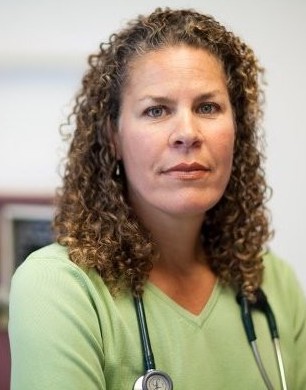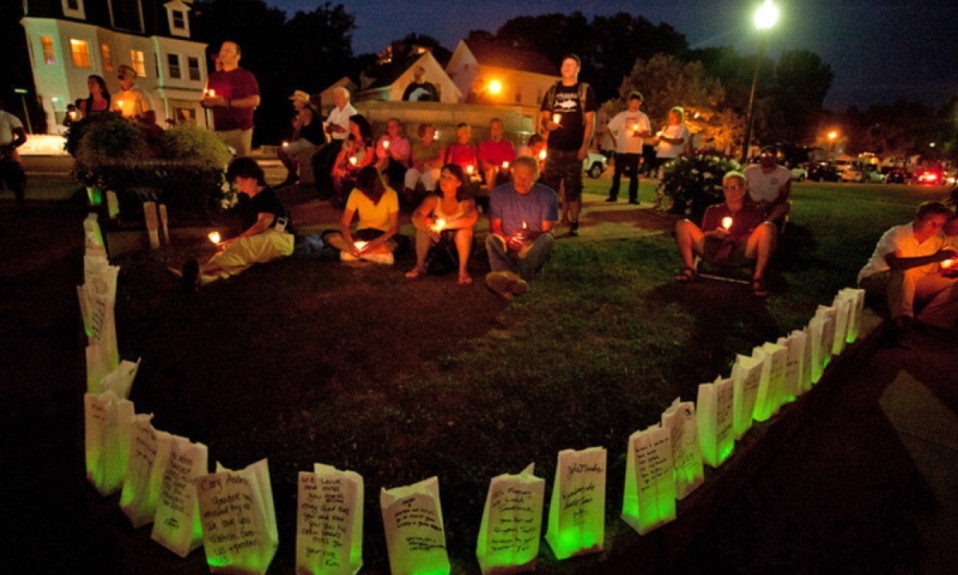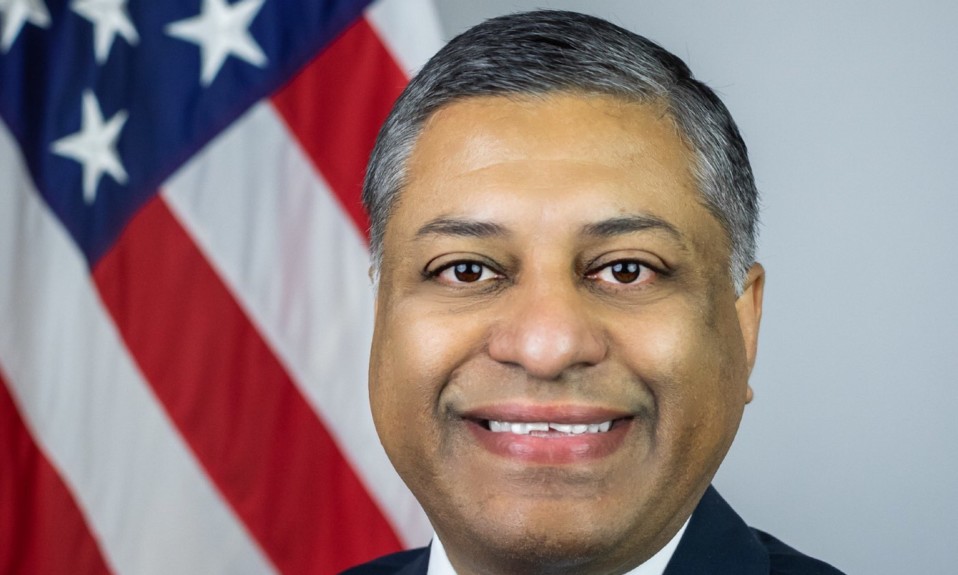The services, regarded as the next step in harm reduction, could save as many as 130 lives annually
By Jason Langendorf
New York City has begun offering the first publicly recognized overdose protection center (OPC) services in the United States, mayor Bill De Blasio and the New York City Health Department announced this week.
Two sites, in Manhattan’s East Harlem and Washington Heights neighborhoods, opened on Tuesday that will allow people to bring in their own substances and use them under the observance of trained staff. At each overdose protection center, drugs can be tested for safety, clean syringes are distributed and the overdose-reversal medication naloxone will be on hand for staff members to administer in the event of a visitor’s overdose. The OPCs also will connect people to addiction treatment services.
Overdose prevention centers are a safe and effective way to address the opioid crisis. I’m proud to show cities in this country that after decades of failure, a smarter approach is possible.”
—New York mayor Bill De Blasio
“After exhaustive study, we know the right path forward to protect the most vulnerable people in our city, and we will not hesitate to take it,” de Blasio said in a statement announcing the opening of OPC services. “Overdose prevention centers are a safe and effective way to address the opioid crisis. I’m proud to show cities in this country that after decades of failure, a smarter approach is possible.”
The Next Step in Harm Reduction
Syringe exchange programs have been sporadically (and often controversially) established around the U.S. for decades, and several European countries have reported positive results after opening overdose prevention services. In July, Rhode Island became the first state to authorize the creation of an OPC pilot program, but the New York locations, which are described as “an extension of existing harm reduction services,” are the first to open their doors to the public in the United States.

“Over decades, harm reduction interventions in New York City have given people the tools they need to keep themselves and their communities safe,” said Chinazo Cunningham, MD, executive deputy commissioner of the New York City Department of Health and Mental Hygiene. “This follows in the path of syringe services, which have played a major role in addressing the HIV epidemic. Overdose prevention center services will help disrupt an overdose epidemic that has taken too many New Yorkers.”
Overdose death rates across the country continue to shatter record highs month over month. In New York City, the rate of overdose death increased to 30.5 per 100,000 residents in 2020, up from 21.9 in 2019. Meanwhile, provisional data from the first quarter of 2021 indicates 596 overdose deaths in New York City between January and March of this year—the largest figure in a single quarter since reporting began in 2000.
Despite concerns from critics of increased crime, public drug use and empty syringe litter near overdose protection centers, the opposite actually has been reported from established OPC sites. A New York City Health Department feasibility study estimates that OPC services in the city could save as many as 130 lives annually.
Among the organizations that endorse overdose prevention center services are the American Medical Association, American Public Health Association, the New York State Academy of Family Physicians, amfAR, the International Narcotics Control Board and the New York Academy of Medicine.
Top photo: Tim Mossholder














